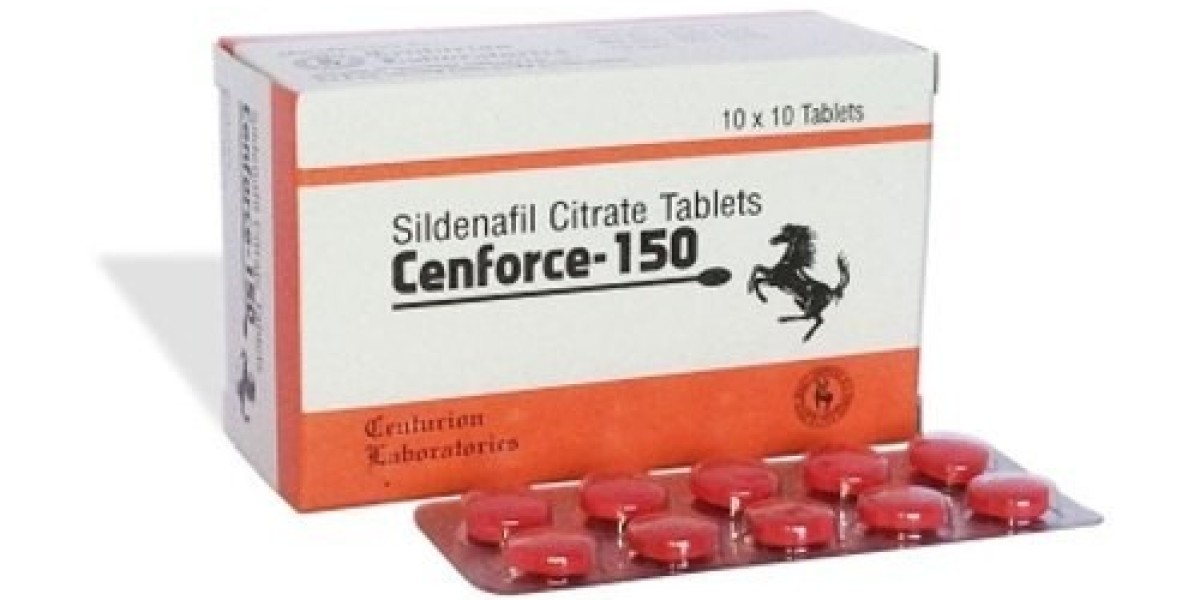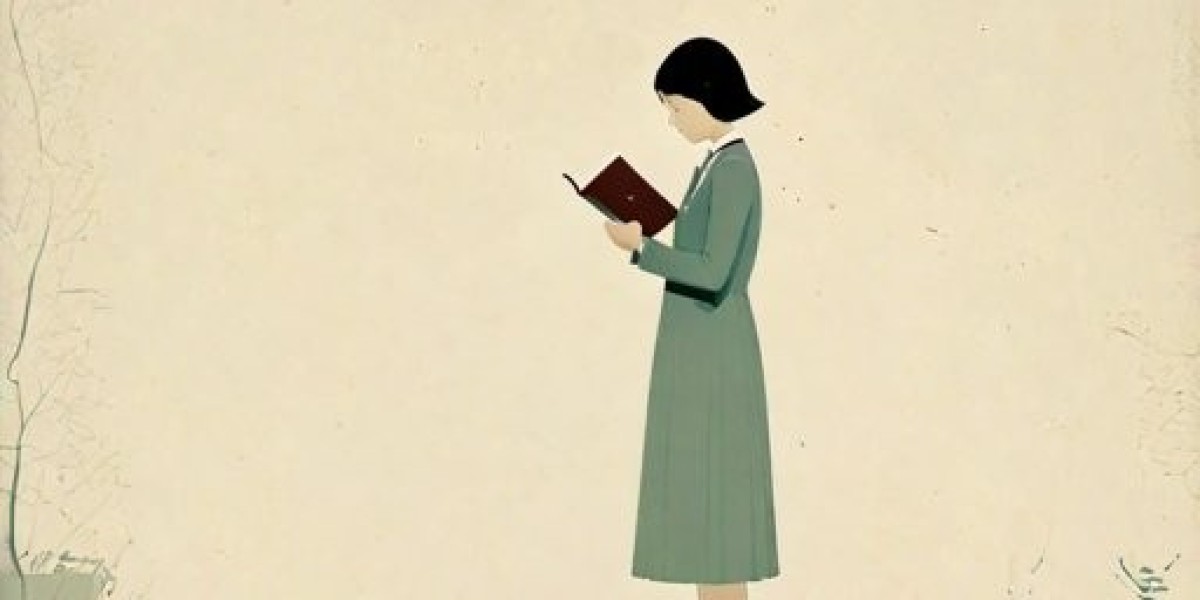Some things are simply a mystery and so goes the perceived role and importance that the Critical Care Transport (CCT) RN plays in the healthcare field. Other professionals seem to view us like mutts - a little bit of everything but certainly not a thoroughbred in anything.
I once heard a co-worker describe the job as something between a magnified EMT and a bench warmer. Such flattery - but what can you do?
Anyhow, I just wanted to set the record straight, so to speak, by pointing out the value and importance that the CCT RN brings to the table.
What's so ironic about the perception is that most CCT RN's are veteran nurses from the ICU or ER with certifications that give new meaning to the use of acronyms. Many hold certifications that consist of ACLS, PALS, CCRN, CEN, TNCC, PHTLS, ATLS and anyway - you get the picture.
Not to mention while other nurses were out frolicking in the sun on their day off; oftentimes, we sat in some hot, claustrophobic classroom in pursuit of greater knowledge. In addition, extensive training takes place before we are even allowed to come into contact with a patient, with classes ranging from airway management, advanced life support, managing portable ventilators, pharmacology, and trauma protocols.
As in all fields of nursing, the amount of information thrown your way is vast and at times can be a bit over-whelming. Of course, you must learn it all and then be able to repeat it verbatim, back to the instructor.
Of course, the rear confines of the ambulance is simply a mini ER. Believe me, there's no such thing as a claustrophobic CCT RN. Standard equipment includes: IV pumps, pulse oximetry, monitor, airway equipment and a pharmacy of drugs. Pretty much all life saving procedures are provided here - CCT RN's are trained to be prepared for anything.
Truth be told, to make it out there in the real world a CCT RN has to be intelligent, witty and quick on their feet. Murphy's Law at hyper-drive is the norm and thus a solid foundation in the fundamentals of critical care along with extensive training prepares the CCT RN for anything and everything.
On the down side, regardless of training and experience, you can never be totally prepared but the key, irrespective of the circumstances is to always keep continuity of care from the sending to the receiving hospital. In most instances, patient care and outcome improves primarily due to this 1-to-1 ratio.
It's an exciting and a personally rewarding profession that defines care one patient at a time. On the other hand; at times, it can be a thankless job but like our contemporary professionals we are all on the same team with the same goal - to care for the patient and get them to the next stage of recovery as quickly as possible.
Remember, we are not mutts, so the next time a CCT RN crosses your path throw us a bone in the form of respect - not a dog biscuit.
This article may be reproduced only in its entirety.







